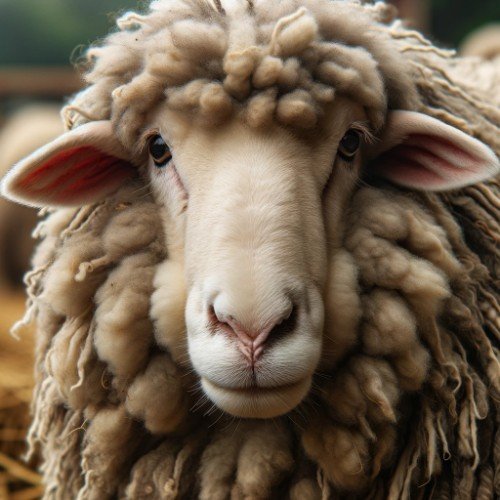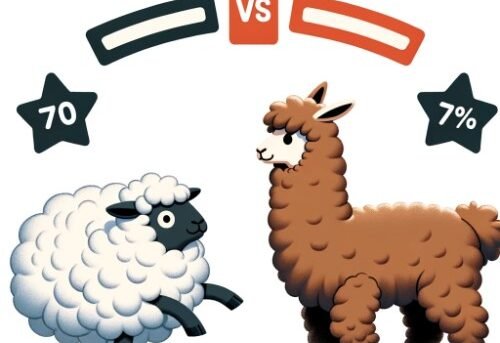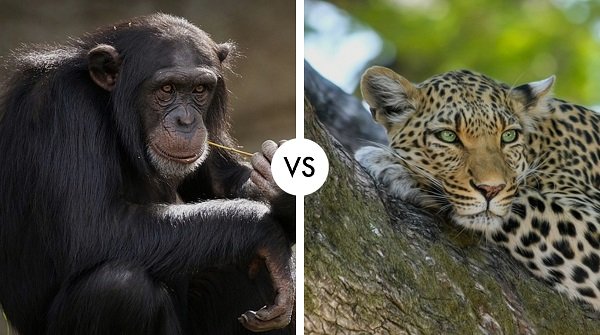In a hypothetical face-off between a sheep and an alpaca, a deep dive into their unique characteristics, behaviors, and physical attributes is crucial to predict the outcome. This comparison moves beyond the pastoral images these animals typically conjure, focusing on their lesser-known traits and capabilities.
Physical Attributes
Sheep: Domestic sheep vary widely in size, generally weighing between 45 and 160 kg. They are primarily bred for wool, meat, and milk, and their physical build reflects this domestication. Sheep have a thick wool coat, which can be a disadvantage in combat, as it may impede their movement and visibility.

Alpaca: Alpacas, typically lighter than sheep, weigh between 48 and 84 kg. They are known for their fine fleece, which is less cumbersome than sheep’s wool. Alpacas have a slender body and a long neck, giving them a height advantage over most sheep. This build can aid in both defensive and offensive maneuvers.

Behavioral Traits
Sheep: Sheep are generally docile and tend to follow the flock, a trait bred into them over thousands of years of domestication. They are not known for aggressive behavior, preferring to flee from danger rather than confront it.
Alpaca: Alpacas, while also domesticated, have a more independent nature. They are known to be more curious and alert than sheep. Alpacas can exhibit territorial behavior and, when threatened, might spit, kick, or use their front legs to defend themselves.

Fighting Capabilities
Sheep: The fighting ability of a sheep is limited. While rams (male sheep) are known to butt heads during mating season, this behavior is more ritualistic than combative. Sheep lack natural offensive capabilities and their defensive strategies are mainly evasion and flocking together for safety.

Alpaca: Alpacas, on the other hand, have some defensive mechanisms. They can kick with both their front and back legs. Their long necks provide them with a range of motion that sheep do not possess, allowing them to strike from a distance. Alpacas are also known to be more agile than sheep.
Environmental Adaptation
Sheep: Domesticated sheep are adaptable to various climates but generally thrive in temperate regions. They depend heavily on human care for protection from predators.
Alpaca: Originating from the Andean highlands, alpacas are adapted to harsher environments. They are hardy animals, capable of surviving in extreme conditions with minimal human intervention. This adaptability may contribute to a heightened survival instinct in confrontational situations.
Conclusion: Who Would Win?
In a hypothetical battle, the alpaca would likely have the upper hand. Its agility, defensive behavior, and heightened alertness give it an advantage over the more docile and less physically capable sheep. The sheep’s heavier wool and flocking instinct make it less suited for individual combat. Therefore, the alpaca stands a higher chance of winning, with an estimated 70% likelihood. However, it’s important to remember that both animals are primarily bred for domestic purposes and not for combat, making this scenario purely speculative.

Alpaca vs Sheep: A Comparison of Domestic Utility
When comparing alpacas and sheep as domestic animals, it’s essential to look at their wool, milk, and meat qualities to understand their different contributions to human needs.
Wool Quality
Alpaca Wool: Alpaca fleece is renowned for its luxurious quality. It’s finer, softer, and less prickly than sheep’s wool. Alpaca fibers also contain microscopic air pockets, providing superior thermal insulation. Additionally, alpaca wool is hypoallergenic, lacking the lanolin found in sheep’s wool, making it more suitable for people with sensitive skin.
Sheep Wool: Sheep’s wool is incredibly versatile and widely used. It’s excellent for a range of products, from fine clothing to robust, heavy-duty textiles. Sheep wool varies in quality, with breeds like Merino known for producing exceptionally fine, soft wool. However, it generally lacks the hypoallergenic properties of alpaca wool.
Milk Production
Alpaca Milk: Alpacas are not typically milked, and there is limited information on their milk for human consumption. They produce milk for their offspring, but it’s not a significant part of their domestic utility.
Sheep Milk: Sheep milk is more widely used than alpaca milk and is particularly known for its use in cheese production. It’s richer in vitamins A, B, and E, calcium, phosphorus, and potassium compared to cow’s milk. Breeds like the East Friesian are famous for their high milk yield and are often used in dairy production.
Meat Quality
Alpaca Meat: Alpaca meat is a traditional food in its native South America and is known for being lean and high in proteins. It’s considered a healthier option with lower levels of cholesterol and fat compared to traditional meats.
Sheep Meat: Sheep meat, known as lamb or mutton depending on the age of the animal, is a popular meat source worldwide. Lamb is tender and flavorful, with a higher fat content that contributes to its rich taste. Mutton, from older sheep, is tougher but has a deeper flavor.
Conclusion: Utility Comparison
Both alpacas and sheep offer unique benefits. Alpaca wool stands out for its fine quality and hypoallergenic properties, while sheep wool is more commonly used and versatile. In terms of milk, sheep are the clear choice, as alpaca milk is not commonly used for human consumption. For meat, the preference depends on dietary goals: alpaca meat for a leaner, healthier option, and sheep meat for a more traditional, rich flavor. Each animal serves distinct purposes, making them both valuable in their own right for domestic utility.




